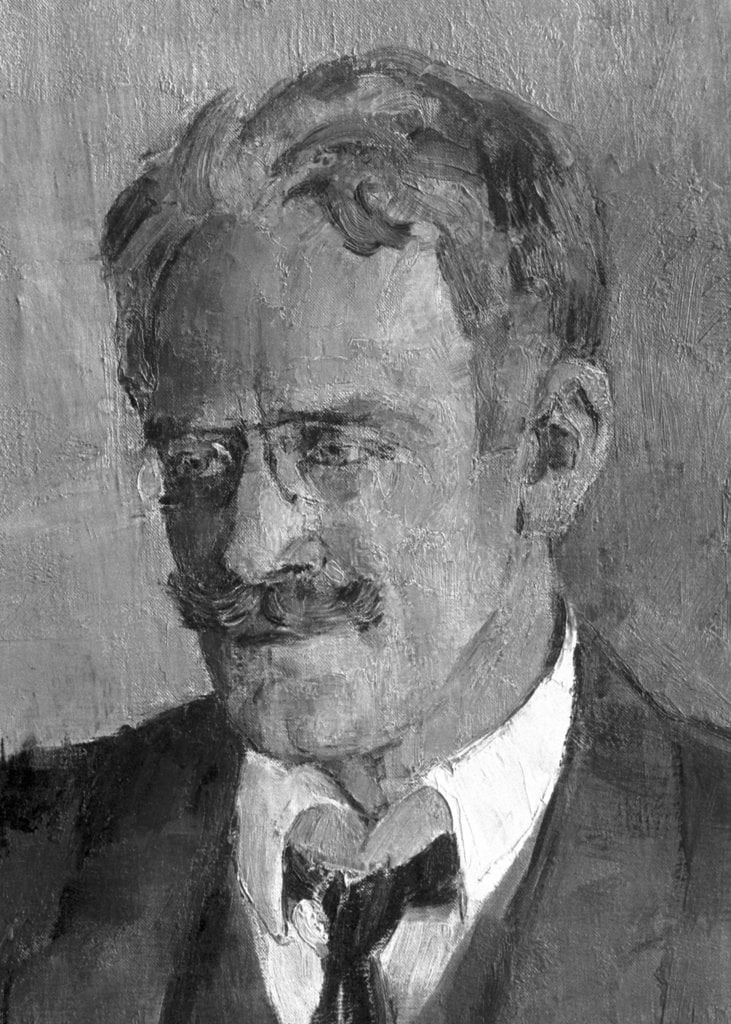Knut Hamsun
Biographical

Knut Hamsun (1859-1952) was born in Gudbrandsdalen, Norway, and grew up in poverty in Hamarøy in Nordland. From early childhood he was a shoemaker’s apprentice, but was also a road worker, stonemason, junior-level teacher, and so on. He spent some years in America, travelling and working as a tram driver, and published his impressions, chiefly satirical, under the title Fra det moderne Amerikas Aandsliv (1889) [The Intellectual Life of Modern America]. The novel Sult (1890) [Hunger] and even more so Pan (1894) led to Hamsun’s literary breakthrough and Sult is regarded as the first genuinely modern novel in Norwegian literature.
Hamsun’s work is determined by a deep aversion to civilization and the belief that man’s only fulfilment lies with the soil. This primitivism (and its concomitant distrust of all things modern) found its fullest expression in Hamsun’s masterpiece Markens Grøde (1917) [Growth of the Soil]. His early works usually centre on an outcast, a vagabond figure, aggressively opposed to civilization. In his middle period, Hamsun’s aggressiveness gives way to melancholy resignation about the loss of youth. The decay of age is the theme of such plays as Livets Spil (1896) [Game of Life] and Aftenrøde (1898) [ Sunset], as well as of the novels Under Høststjernen (1906)[Under the Autumn Star], Benoni (1908), and En Vandrer Spiller med Sordin (1909) [A Wanderer Plays on Muted Strings]. In 1904 Hamsun also published a volume of poems, Det vilde Kor [The Wild Chorus].
Hamsun’s later works focused less on individual characters and more on broad attacks on civilization. Apart from Marken’s Grøde one should mention Børn av Tiden (1913) [Children of the Age], Segelfoss By (1915) [Segelfoss Town] Landstrykere (1927) [Vagabonds], August (1930), Men Livet lever (1933) [The Road leads on], and Ringen sluttet (1936) [The Ring is Closed].
Hamsun’s admiration for Germany, which was of long standing, made him sympathetic toward the Nazi invasion of Norway in 1940. After the war he was sentenced to the loss of his property, temporarily put under psychiatric observation, and spent his last years in poverty. A fifteen-volume edition of his complete works was published in 1954, two years after his death.
This autobiography/biography was written at the time of the award and first published in the book series Les Prix Nobel. It was later edited and republished in Nobel Lectures. To cite this document, always state the source as shown above.
Knut Hamsun died on 19 February 1952.
The Nobel Foundation's copyright has expired.Nobel Prizes and laureates
Six prizes were awarded for achievements that have conferred the greatest benefit to humankind. The 14 laureates' work and discoveries range from quantum tunnelling to promoting democratic rights.
See them all presented here.
